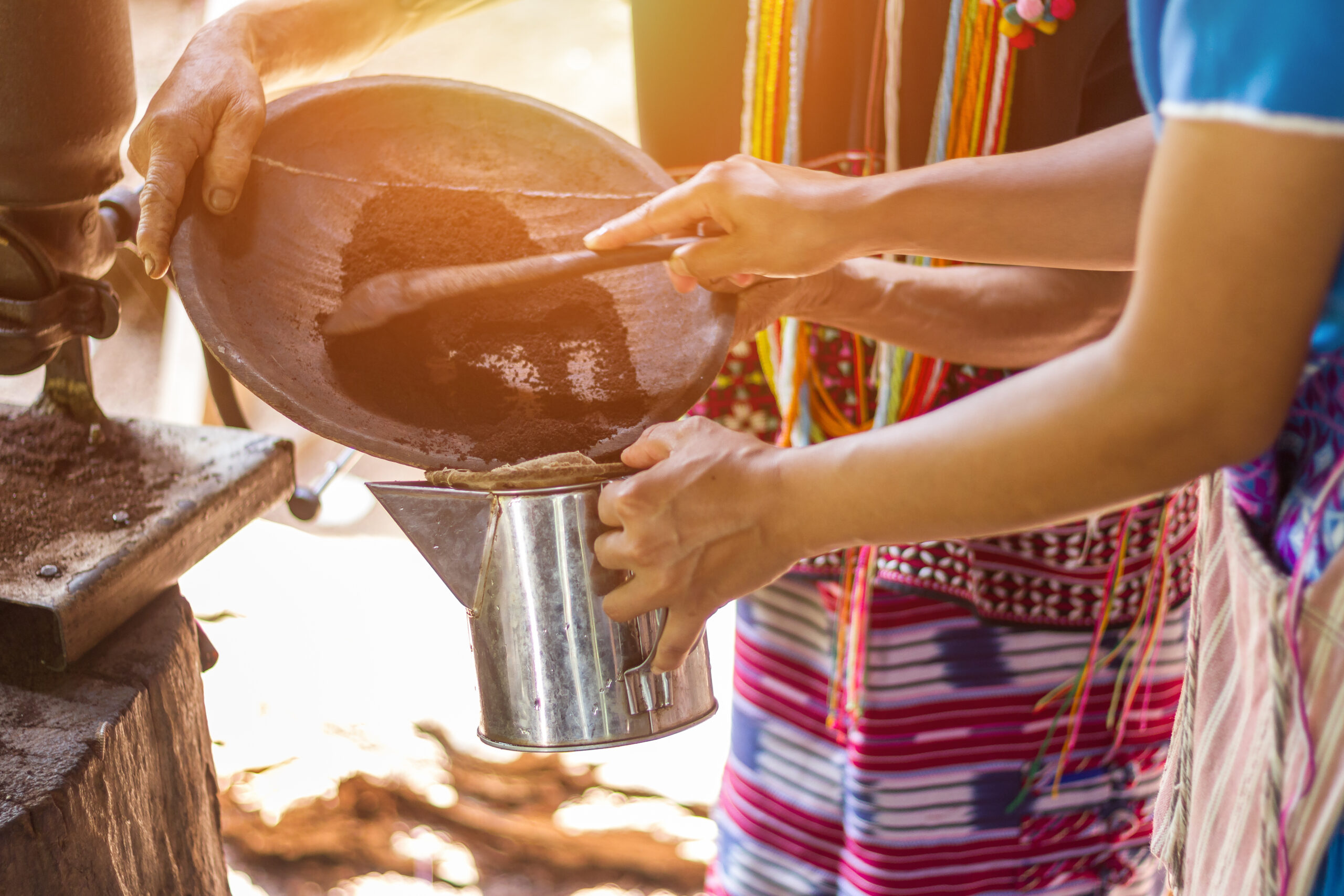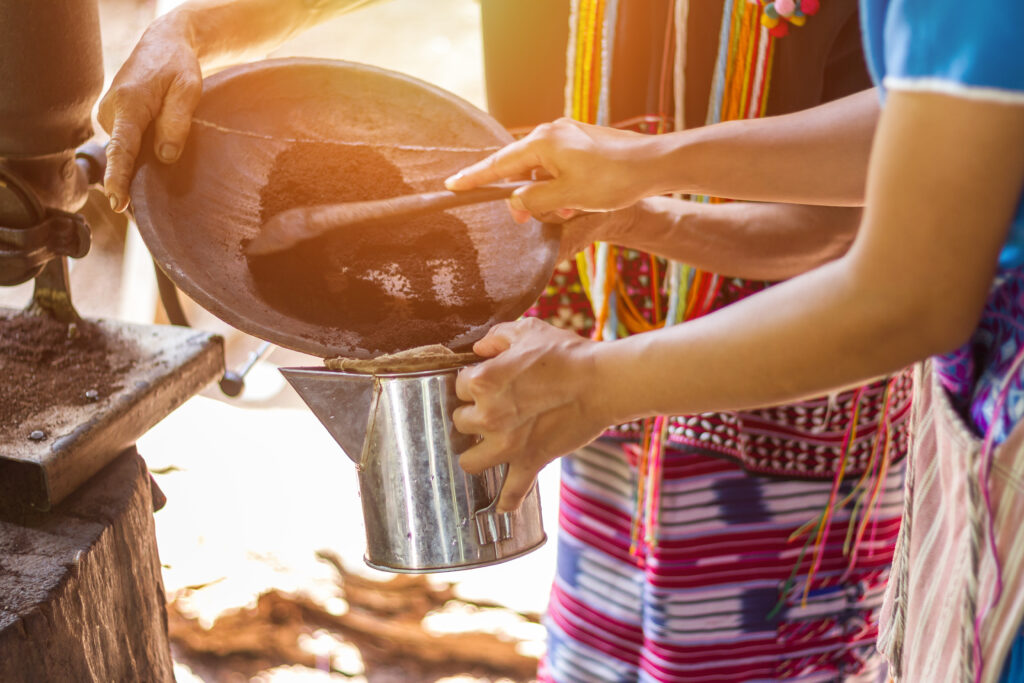Coffee is an important part of many people’s morning routine and helps keep many of us alert and focused throughout the day or even into the night. But how did this simple rainforest bean travel from Ethiopia to South America and then the world to become the world’s most popular hot beverage? Let’s find out.

The Birth of Coffee Culture
Ethiopia’s ancient highlands are considered the birthplace of coffee. Legend tells of Kaldi, a goat herder who noticed his goats bouncing with energy after munching on berries from a specific tree. Intrigued, he tried them himself, and the energizing effect of coffee was born.
By the 15th century, coffee cultivation spread across the Arabian Peninsula, particularly in Yemen. Here, the first coffeehouses, known as ‘Qahveh Khanehs,’ emerged. These busy social hubs were popular hang-outs and often featured lively discussions, poetry readings, and cultural exchanges, solidifying coffee’s role as a social lubricant in the Arab world.
Coffee Arrives in Europe – A Brewing Controversy
Coffee didn’t debut in Europe until the 17th century and wasn’t initially met with open arms. Religious authorities viewed it with suspicion at first, even labeling it the “bitter invention of Satan.”
However, Pope Clement VIII, a coffee enthusiast himself, intervened. Having papal approval proved a game-changer, and coffeehouses soon became the hottest spots in major European cities, just as they had been in the Middle East for centuries.
Bustling coffeehouses fueled the Age of Enlightenment, with philosophers, writers, and artists gathering to debate and create over steaming cups of coffee. Coffee wasn’t just a drink; it was a social stimulant and a catalyst for new and exciting ideas.
Coffee Goes Global
As European empires expanded their reach, so did coffee. From the Caribbean islands to Southeast Asia, vast coffee plantations flourished. This “bean gold” became a major trade commodity, shaping economies and even fueling revolutions.
The Dutch established their dominance in the coffee trade in the 17th century, followed closely by the British and the French. While the cultivation, transport and selling of coffee beans wasn’t always fair, with exploitation a common tactic along the way, it also necessitated tolerance. The exchange of cultural ideas and customs that resulted helped lay the foundation for today’s cooperative, international coffee industry.
The Modern Coffee Craze
The 20th century witnessed a coffee explosion. Instant coffee became a wartime staple, providing a quick energy boost to soldiers in the trenches and on the front line. Later, the rise of coffee giants like Starbucks and Cafe Nero revolutionized the industry, offering standardized quality, abundant choices, multiple add-ins, and ultimate convenience.
Today, the coffee scene has all sorts of establishments, even specialty coffee shops catering to discerning palates with precise brewing methods and unique flavor profiles, and artisanal roasters celebrating the bean’s diversity.
Coffee has come a long way from its humble beginnings, that’s for sure. From Ethiopian rainforests to the intricate latte art of today, the coffee bean has journeyed through history and changing civilizations to become a valuable, influential, and much-beloved daily habit the world over.







